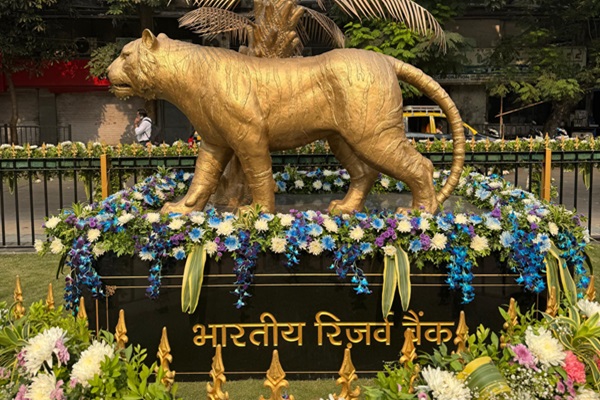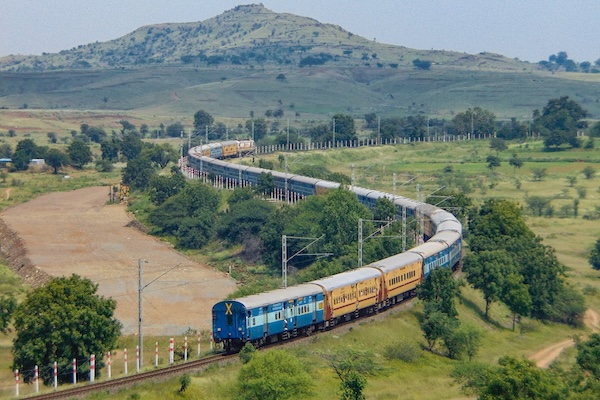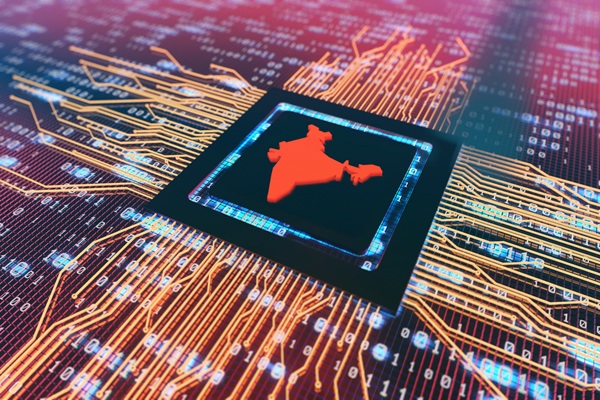.png)
RBI’s Optimism Hinges On Questionable Insular Assumptions
Despite warning of trade risks, the central bank proceeds as if India’s economy exists in a vacuum


Dhananjay Sinha, CEO and Co-Head of Institutional Equities at Systematix Group, has over 25 years of experience in macroeconomics, strategy, and equity research. A prolific writer, Dhananjay is known for his data-driven views on markets, sectors, and cycles.
April 9, 2025 at 1:54 PM IST
In a marked policy shift, the Reserve Bank of India has turned accommodative, focusing squarely on growth. Inflation concerns, it believes, have ebbed. A second 25-basis-point rate cut is now expected to stoke demand—on the assumption that India’s economy is largely shielded from the deepening global tariff war.
This notion of near-insularity sits uneasily alongside Governor Sanjay Malhotra’s own caution that rising protectionism could unsettle trade and investment. Yet the central bank’s projection for real GDP growth in 2025–26—at 6.5%, just 20 basis points below its February 2025 forecast—suggests minimal external impact. The modest revision feels more symbolic than substantial.
The RBI’s optimism rests on a revival across agriculture, manufacturing, services, and business sentiment. Rural demand is seen improving, urban consumption picking up, and investment—both public and private—remaining on course. Rate cuts are expected to reinforce these trends.
On inflation, the RBI expects a stable glide path near 4% over the coming year, citing softening food prices, benign global commodity trends, and a favourable monsoon. This provides the policy room for further easing.
But the confidence in macroeconomic insulation seems misplaced. India’s economy is deeply entwined with global trade, capital flows, and financial conditions.
The idea that services exports and remittances can fully offset a weakening in goods trade is overly simplistic. In reality, goods and services are tightly integrated—through logistics, finance, IT, and design inputs. Supply chains cut across sectors. Merchandise exports often hinge on service components, and disruptions in one can ripple through the other.
Trade shocks also spill into finance. Payment defaults, asset price corrections, and collateral erosion can quickly dent balance sheets of banks. If China offloads US Treasuries in retaliation for the tariff hikes, it could trigger a hardening of US yields, yuan depreciation, and renewed pressure on the rupee—exposing banks to further stress.
This challenges the RBI’s presumption of financial stability. Foreign exchange reserves of $676 billion and strong remittances offer buffers, but not immunity. Global capital flows have been weakening. The FDI-to-GDP ratio fell to 1.3% in 2023, its lowest since 1996. India’s net FDI slipped to a 20-year low of 0.7% of GDP in 2023–24, down from 3.5% in 2008–09. Portfolio flows have been negative or flat in five of the last eight years.
Domestic constraints add to the strain. Household consumption is fragile, corporate sentiment subdued, and banks cautious despite better capitalisation. Credit demand remains weak, and the fiscal space for a stimulus is narrowing amid falling tax collections and a binding deficit glide path.
Even with more liquidity and rate cuts, monetary policy alone cannot offset the drag from global fragmentation.
The RBI’s outlook rests on an old decoupling thesis—one long discredited. India’s growth is highly sensitive to global trade volumes, with an elasticity of 1.78. The spiralling tariff fight between the United States and China—where both have imposed duties exceeding 100%—will send shockwaves far beyond bilateral trade.
They will not stop at customs check posts.



